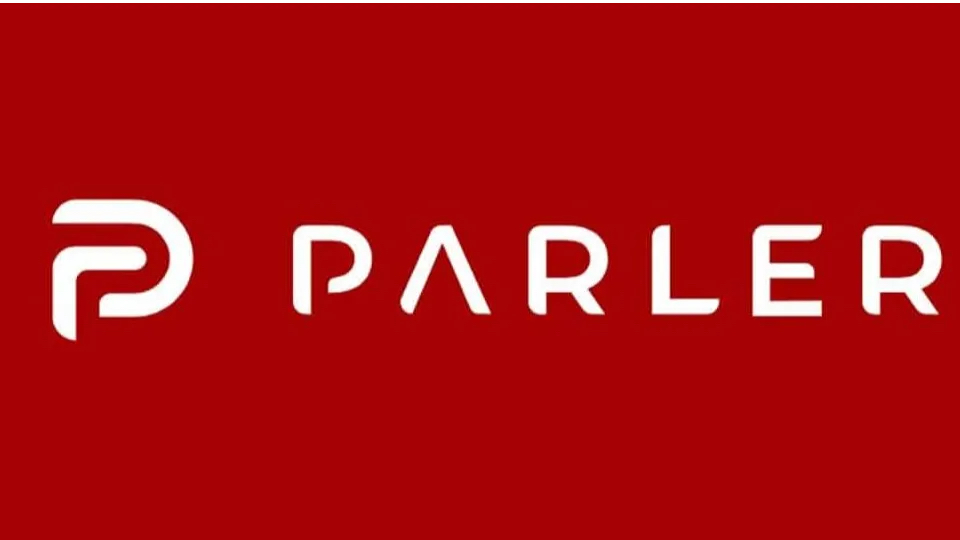The UK Atomic Energy Authority (UKAEA) and Satellite Applications Catapult, the satellite services company, have announced a partnership centred on robotics technology.
The companies said the new partnership will demonstrate how remote handling and robotics technology developed for fusion energy research can be used to provide maintenance for in-orbit satellites.
The partnership and demonstration will “add to evidence that the potential economic spill over of fusion research reaches far beyond the sector itself, and even as far as the servicing of spacecraft in orbit”, they added.
The fusion research and its resultant technology has been developed and tested at UKAEA’s Remote Applications in Challenging Environments (RACE) robotics centre in Culham, Oxfordshire.
Fusion is the process that powers the sun and stars, with UKAEA research suggesting the energy created by the process is a “safe, low carbon and sustainable part of the world’s future energy supply”.
Dr Indira Nagesh, principal engineer at UKAEA, commented: “The rewards for recreating the ultimate fusion energy source here on Earth are enormous, with the potential for near limitless power for generations to come.”
She added: “Right now, we’re proving that our technology has lots more immediate benefits in adjacent sectors.”
There are currently more than 6,000 satellites in orbit around the Earth, but only 40 per cent are operational. Each year, other spacecraft have to perform thousands of avoidance manoeuvres around the ‘space debris’ to prevent collisions, according to Satellite Applications Catapult.
“Improving our ability to perform close-proximity operations in orbit with advanced robotics, will unlock a range of commercial opportunities in space including debris removal, spacecraft servicing, and even the manufacture of large structures in orbit,” said Jeremy Hadall, Robotics Development Lead at Satellite Applications Catapult.
Latest News
-
Universal Music Group partners with Nvidia to create antidote for 'AI slop’
-
East of England Co-op finalises test of digital shelf edge communication platform
-
UK orders X to tackle Grok deepfake abuse as Ofcom steps in
-
Intel bets big on 18a with Panther Lake as rivals tout AI gains
-
Nvidia unveils Rubin AI platform and new open models at CES 2026
-
UK government invests £210m in new cyber action plan
The future-ready CFO: Driving strategic growth and innovation
This National Technology News webinar sponsored by Sage will explore how CFOs can leverage their unique blend of financial acumen, technological savvy, and strategic mindset to foster cross-functional collaboration and shape overall company direction. Attendees will gain insights into breaking down operational silos, aligning goals across departments like IT, operations, HR, and marketing, and utilising technology to enable real-time data sharing and visibility.
The corporate roadmap to payment excellence: Keeping pace with emerging trends to maximise growth opportunities
In today's rapidly evolving finance and accounting landscape, one of the biggest challenges organisations face is attracting and retaining top talent. As automation and AI revolutionise the profession, finance teams require new skillsets centred on analysis, collaboration, and strategic thinking to drive sustainable competitive advantage.
© 2019 Perspective Publishing Privacy & Cookies








Recent Stories